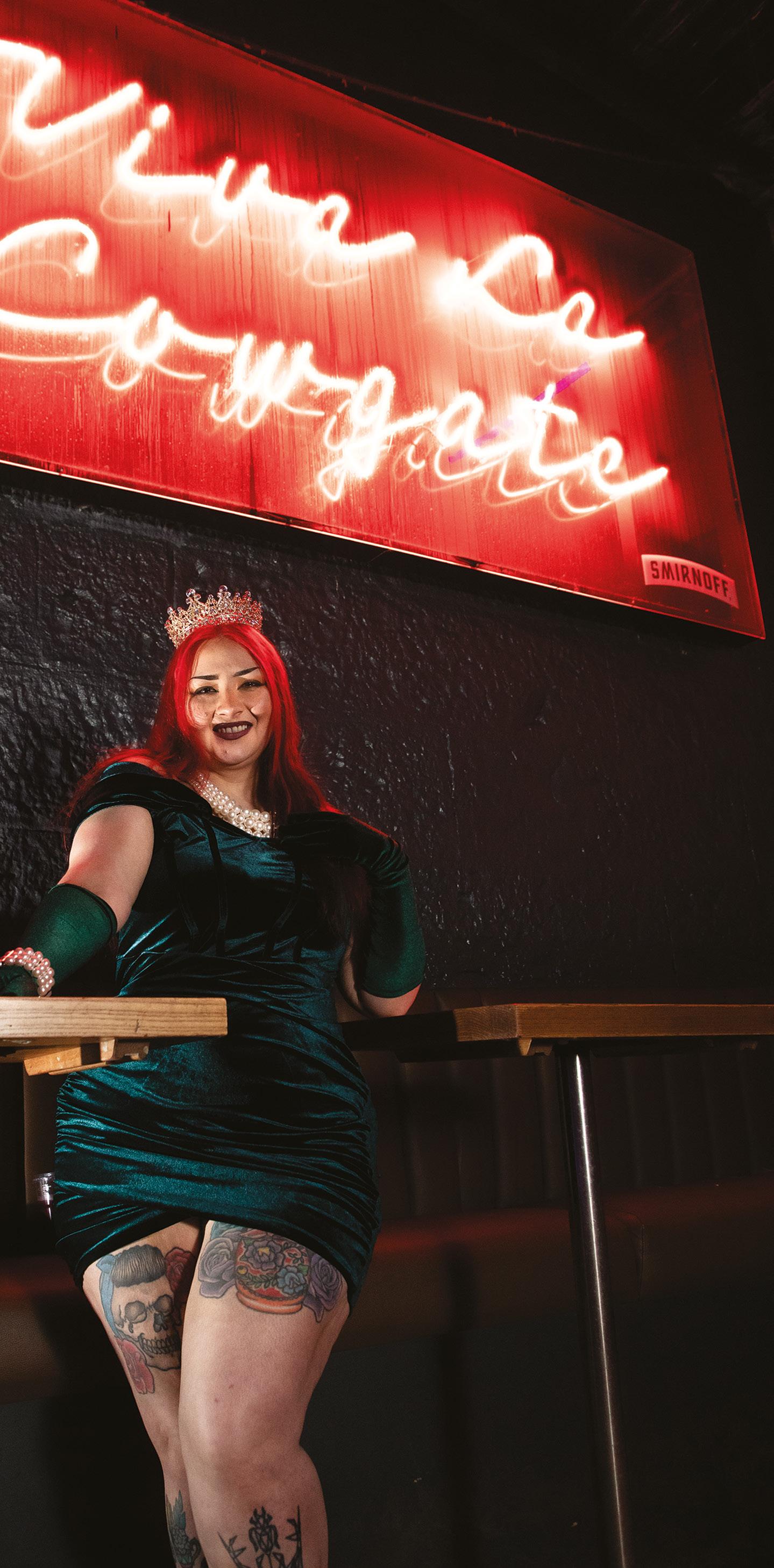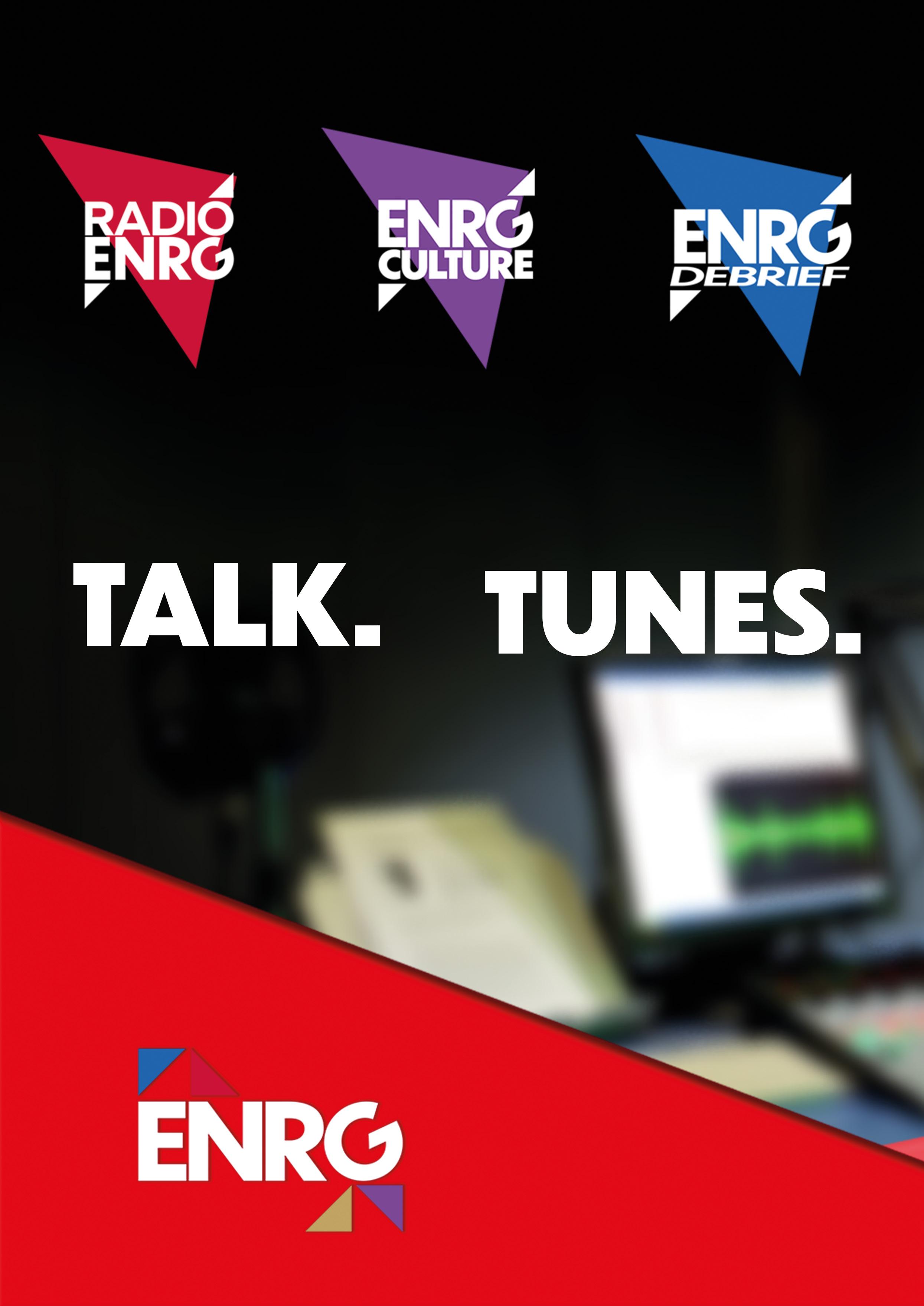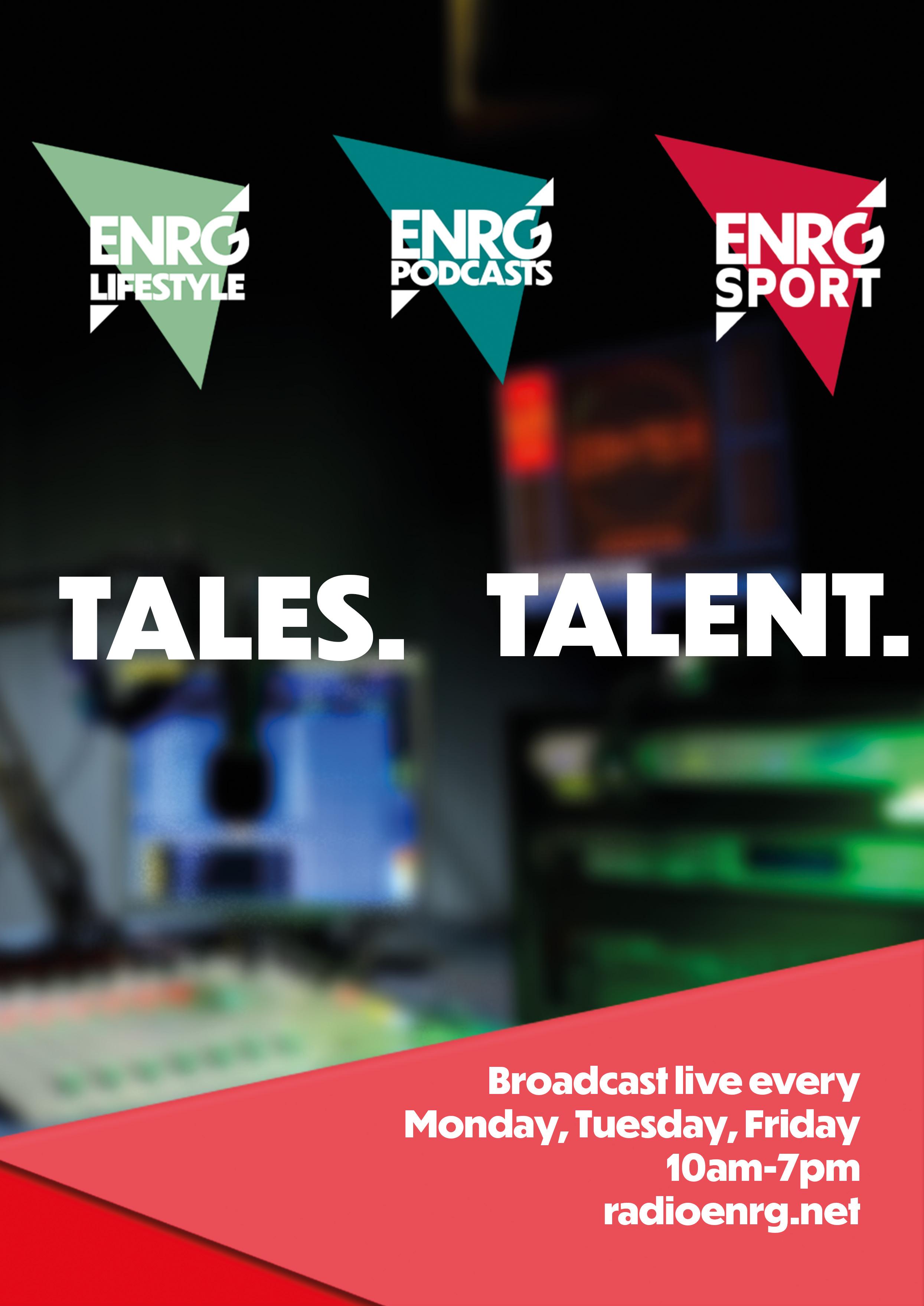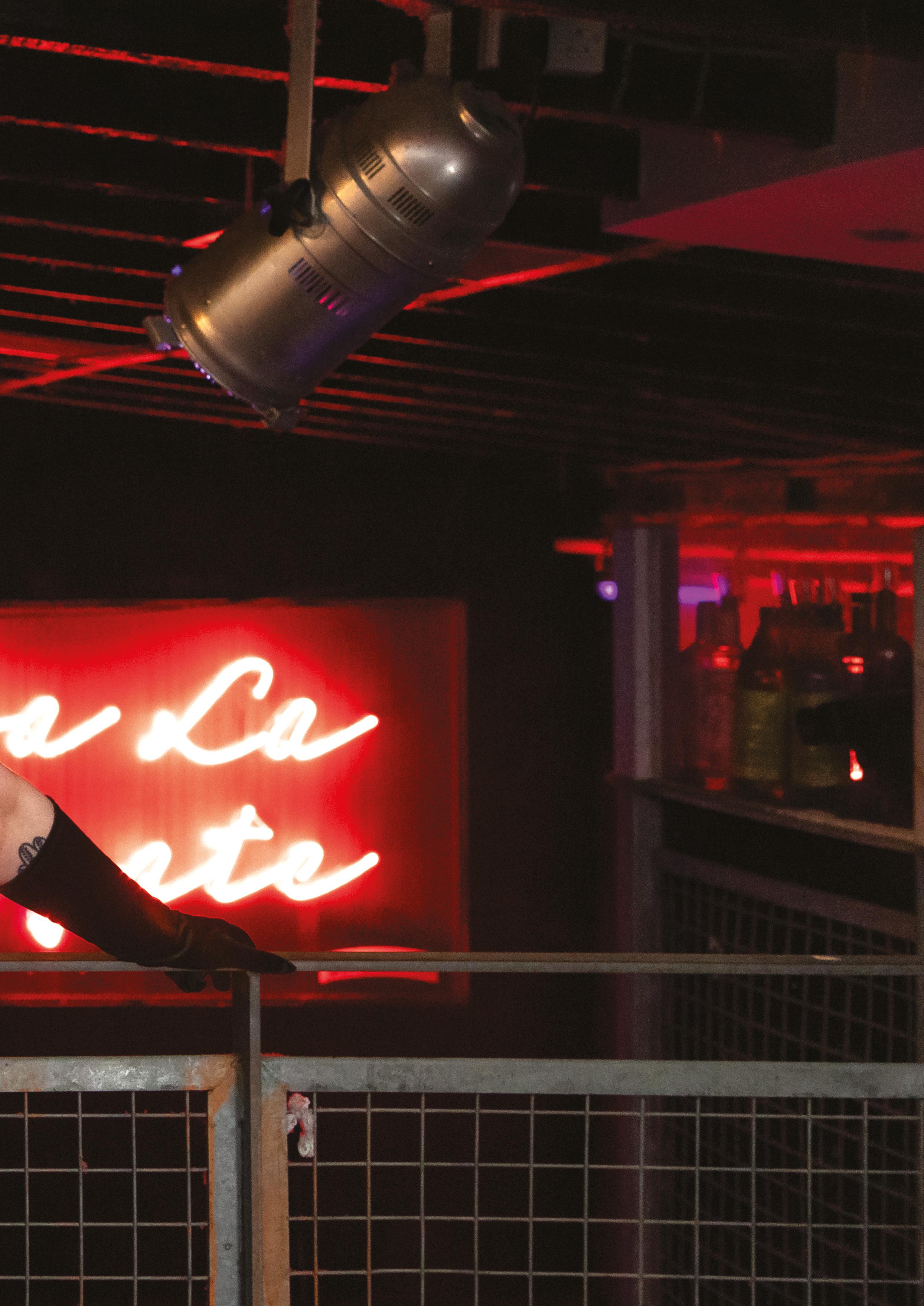
6 minute read
Scotland’s Transitioning and Transforming Drag Scene
from Gey Scotia S/S 2023
Lucy is the host of Tracks, a DJ, and a former drag queen. She’s seen the queer scene change from being male dominated to an inclusive community for everyone. There is, however, still a long way to go
Words
Advertisement
by
ARRAN PROCTOR
Pictures by USAMA DIAZ
Scotland’s drag scene has an insane collection of talent. In the last year I have been to more drag shows than I could dare try count, the majority of these, however, were Tracks Monday at Subway Cowgate Tracks gave me the space to express myself without fear, stick a crop top on, and meet amazing new queer friends. One of these friends is Lucy, the host of Tracks. I interviewed Lucy for the first time about ten months ago and since then we have become good friends. Speaking to her this time, however, was going to be a lot different.
As I sat waiting in a small coffee shop at the shore in Leith, I had so many questions rushing through my mind for someone who had been a part of the Scottish drag scene for a good chunk of time. I wanted to hear about how much the drag scene has changed since she started – and wow, it has changed.
She enters smiling and the first thing I notice is her pink fluffy bucket hat. She orders a Diet Coke and a small cake, and we get chatting.
Lucy’s first introduction to the Scottish drag scene, like many people’s, was bumping into Alice Rabbit. In 2017 Alice’s show, The Rabbit Hole at CC Blooms, was one of very few drag shows in Edinburgh. But Lucy didn’t meet Alice at CCs but instead at a smoking area where Alice was looking for a bus to the gay bar. After this conversation Alice had convinced Lucy to go to her first local drag show, stoned and alone she decides to make an appearance. Through muted laughter she reflects on this night, “I put on a corset, a hair piece, and walked into the basement. No one else was there yet except from the acts, Alice, and Madison County. But within about 10 minutes of having a conversion with Alice and Madison, I realised, ‘oh wait everyone else here is just as stoned as I am.’” She giggles and exclaims, “It was perfect.” From there it snowballed into what would eventually become the drag persona Havana Meltdown. Havana was a resident at The Rabbit Hole for close to five months alongside local legends Groundskeeper Fanny, Frans, and Violet Grace.
Back then the scene was a lot different for drag artists who identified as female. So, for Lucy at the time drag wasn’t a big deal. She explains what her thought process was then, “If I were to get fired from The Rabbit Hole,” which she eventually did, “I’m not going to do drag again. Drag was just a silly goofy thing I did with my pals and if I’m not doing it in the basement of a gay bar with them, I’m not going to do it.” Those ended up being very famous last words. As instead of quitting she became part of a supergroup of femme drag performers by the name of Lunar, and eventually the host of Scotland's biggest drag show.
As with many careers, the Scottish drag scene was highly dominated by those who were masc presenting outside of drag. Lucy explained that this made it really hard for femme drag artists to make a name for themselves, “back then it was one of those things that (for femme drag performers) your platform really depended on who you were associated with.” For her it was being part of The Rabbit Hole, she continues, “You could kinda see femme visibility in the scene, but it was very controlled.” Reflecting on that time she even remembers for the first six to seven months of her doing drag she was referred to as ‘Alice’s Pal’. For many reasons that feels offensive.
Lucy tells me the turning point› for femme drag performers in Scotland to the date – Clash of Clans 2018. This was an annual event at the end of the year in Glasgow at Delmonica’s. It would feature drag haus’ and groups from all over Scotland, performing group numbers and showcasing their varieties of drag.

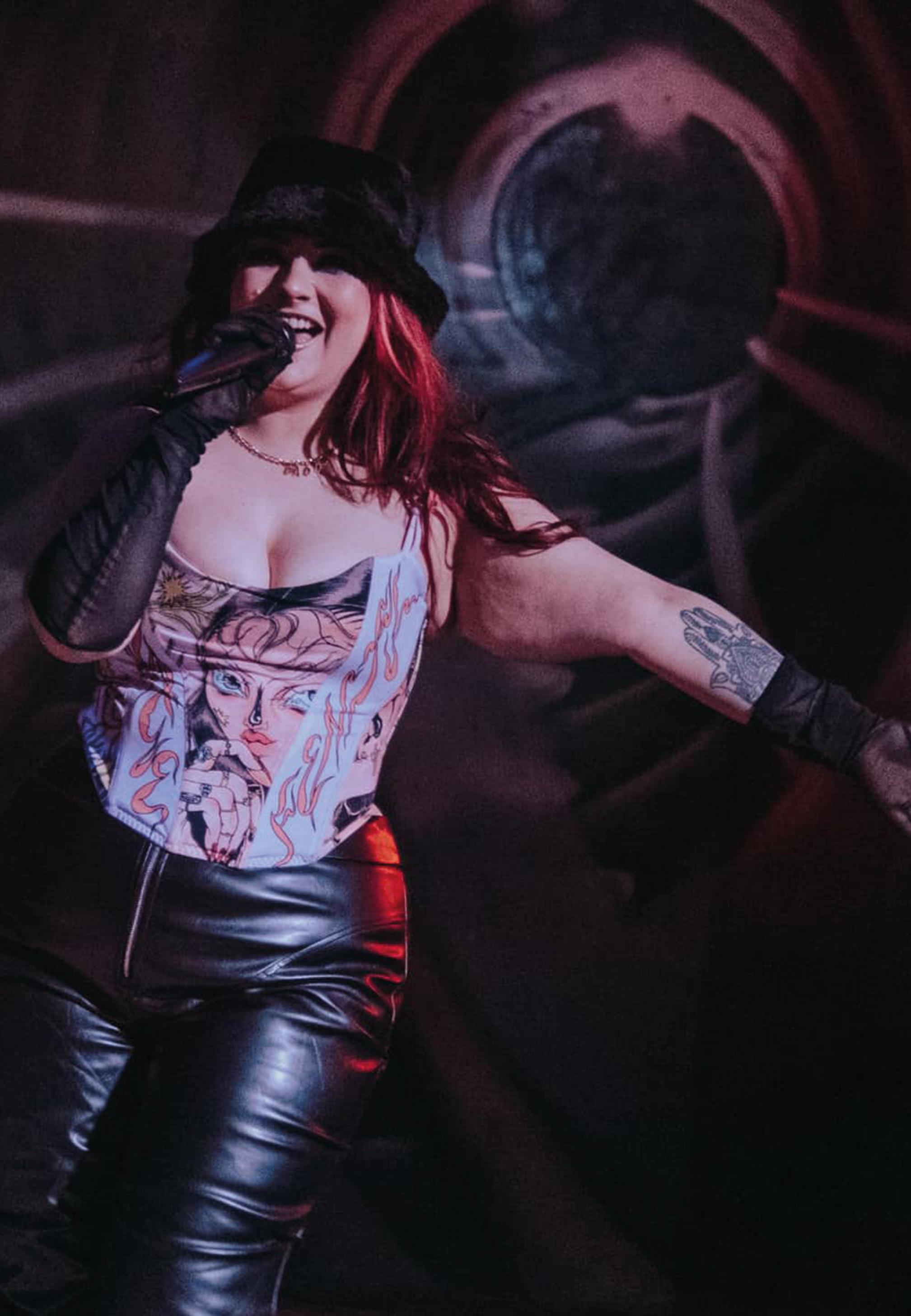
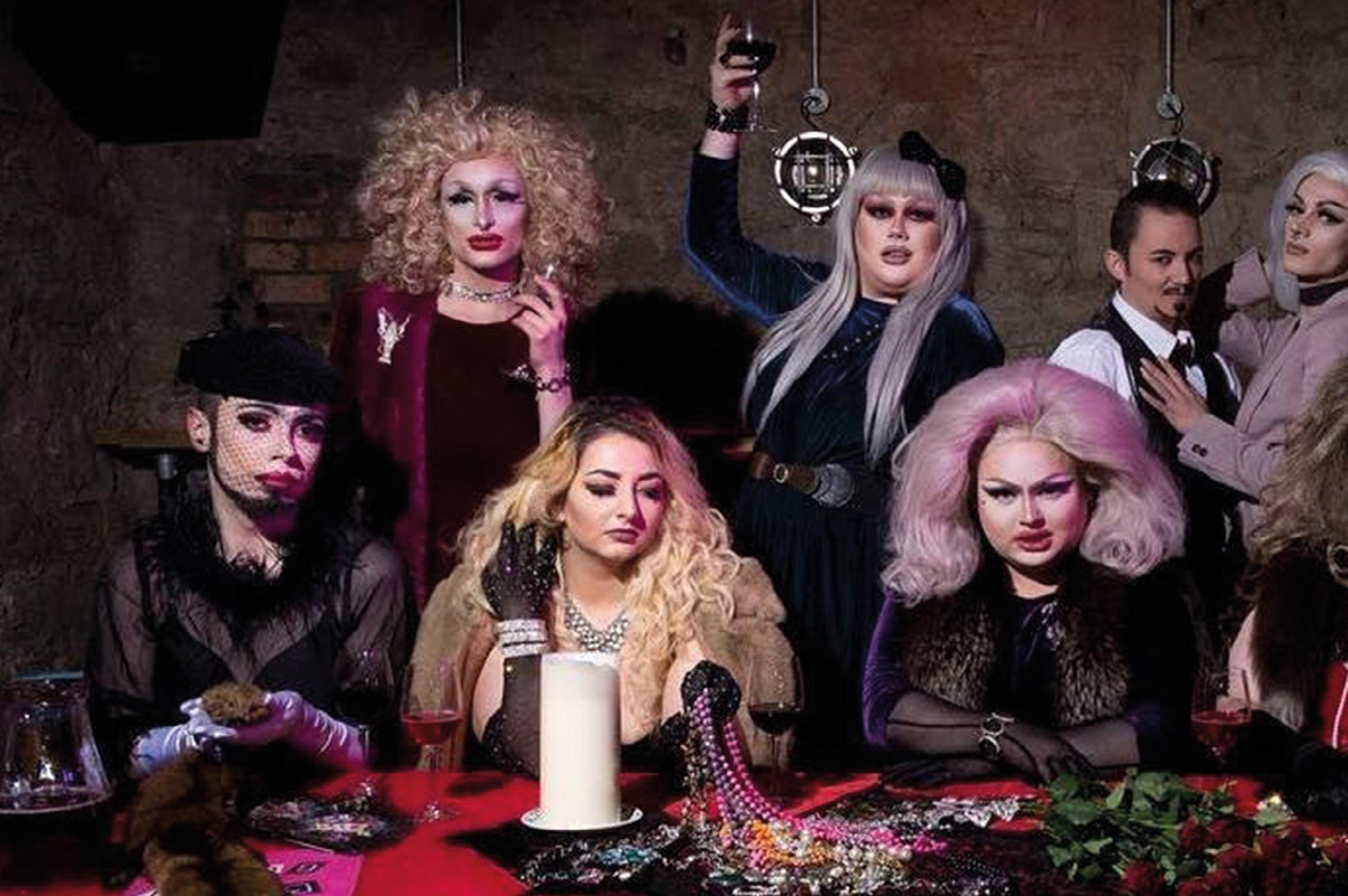
“I put together a supergroup of seven of the best femme performers that I had collected from throughout the year.” The seven in question were Loki, Ivy, Erin Burgh, Kathryn Creepshow, Cotton Storm, Purina Alpha, and Ha- vana Meltdown (Lucy). I’ve seen videos of this night a couple times and it is by far one of the most iconic moments in the Scottish Drag scene history books. Starting with a quote from RuPaul saying that trans women and women can’t do drag because “it loses its sense of danger and sense of irony.” A pretty cutthroat way to start a mix and from there the audience ate it up. Looking back in glee Lucy tells me, “That night, we blew the roof off the place we were easily the best of the night. Everyone was chanting for us; everyone was losing it. And we were just this plucky little group of femme artists who hadn’t really been taken seriously.”
“That’s why I felt like 2018 was the turning point for femme drag,” she explains, “I think it really set the tone for what femme drag looks like now.”
Whilst from there femme drag in Scotland has catapulted there are still a lot of things that trouble Lucy for femmes in the drag scene. Namely, the way trans people are being treated, not just in the country as a whole but in the scene they call home as well. With immense passion Lucy details her thoughts on this, “(Violence against trans women) should be your number one concern. With the increasingly hostile world towards trans women, particularly when a lot of it is coming from within the queer scene, other femme people within the queer scene need to be mindful and be protective of that, because TERFs are queer women in our community.” As a fight back against TERFs within the community Lucy make this clear, “Other cis-queer-women in the community
Above: Havana Meltdown in 2017 at Polo
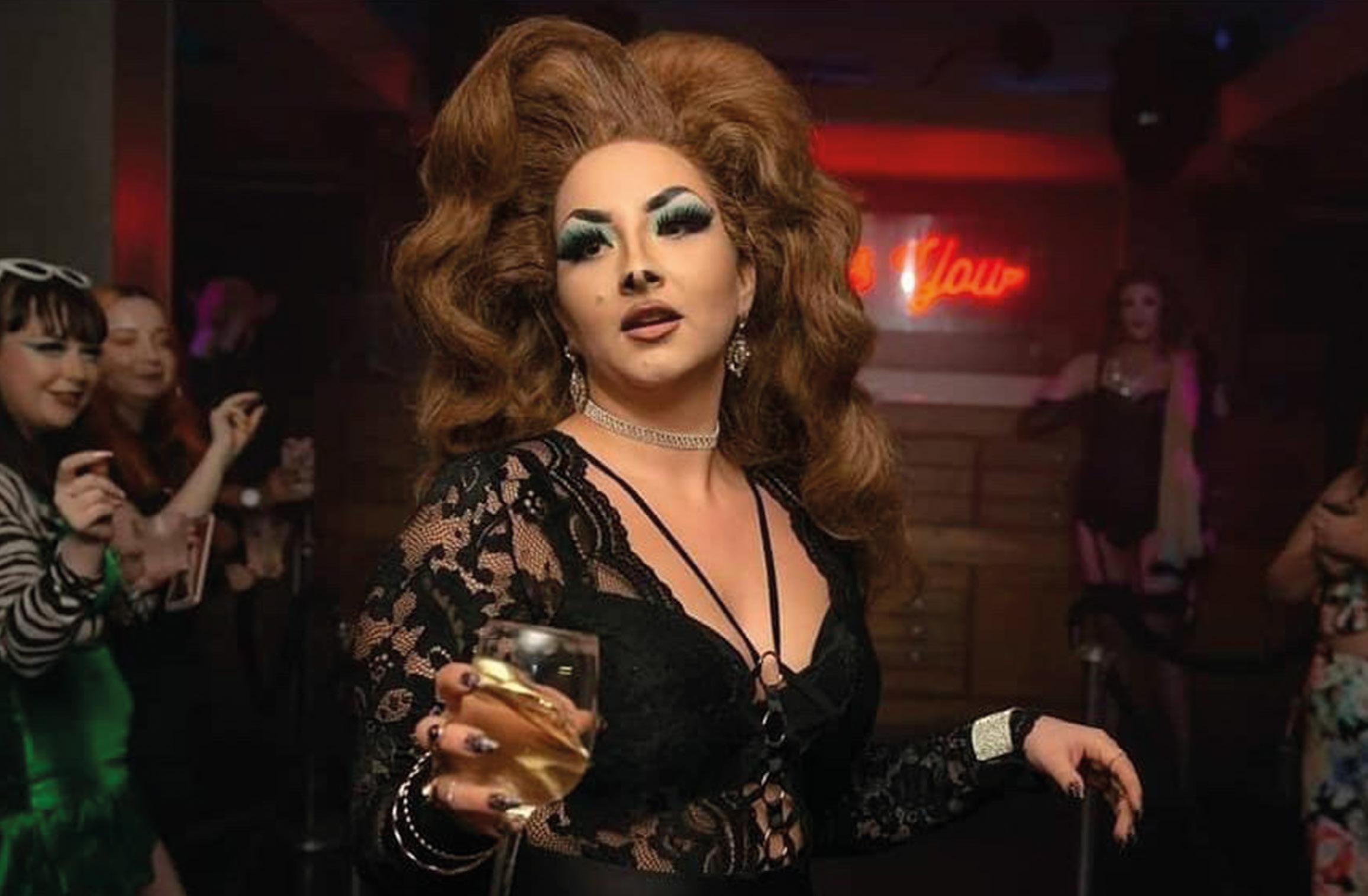
Lounge
(Credit: Polo Lounge) Left: The Rabbit Hole (Top row left to right)
Groundskeeper Fanny, Frans, Eli Buck, Violet Grace, Fawna
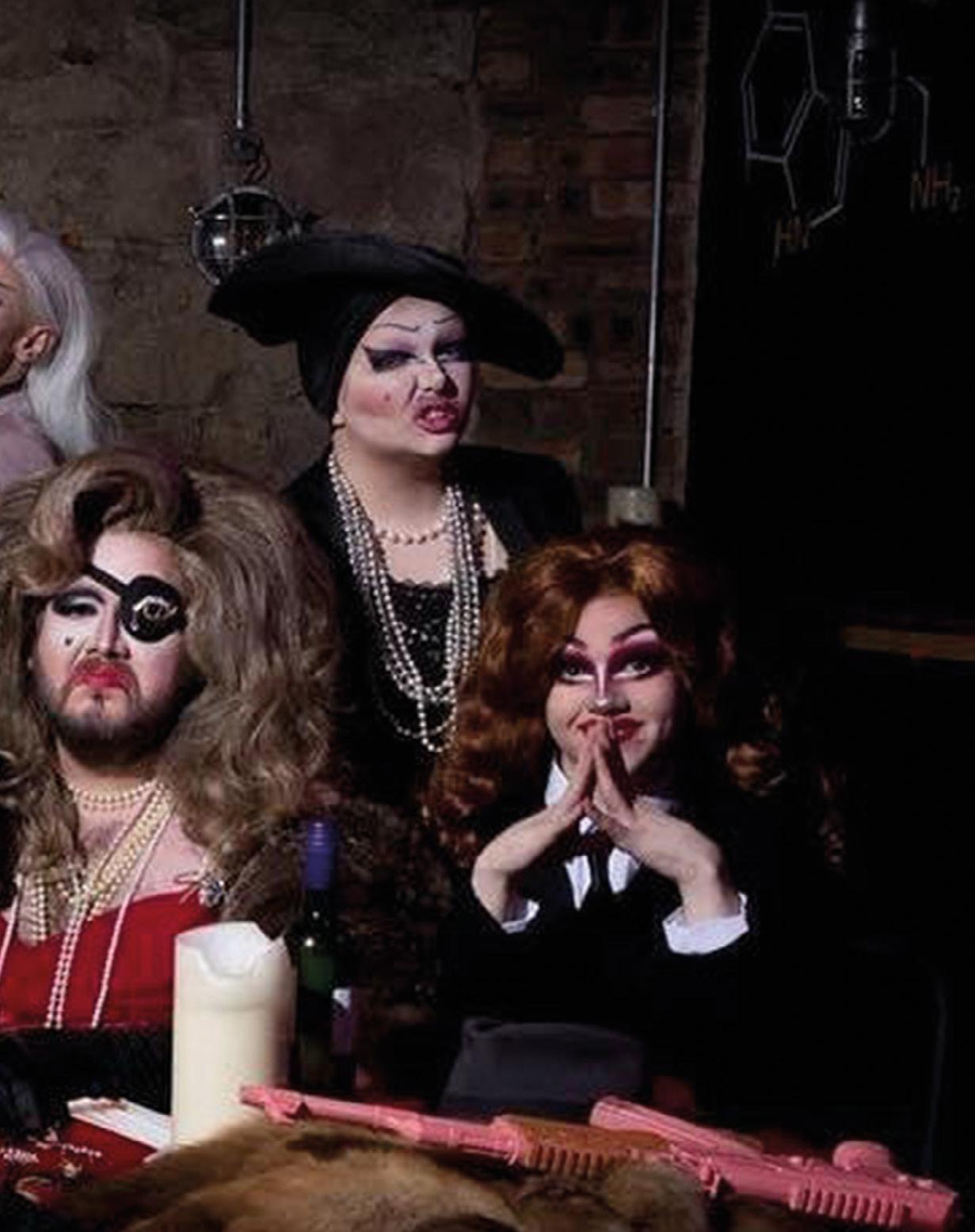
Love. (Bottom row) Roché
Rabbit, Havana Meltdown, Alice Rabbit, JFR, Diana Morphine
(Credit: CC Blooms) need to be the ones putting themselves in as the barrier and actively using the position and power they have by being someone who will not be silenced by these people.”
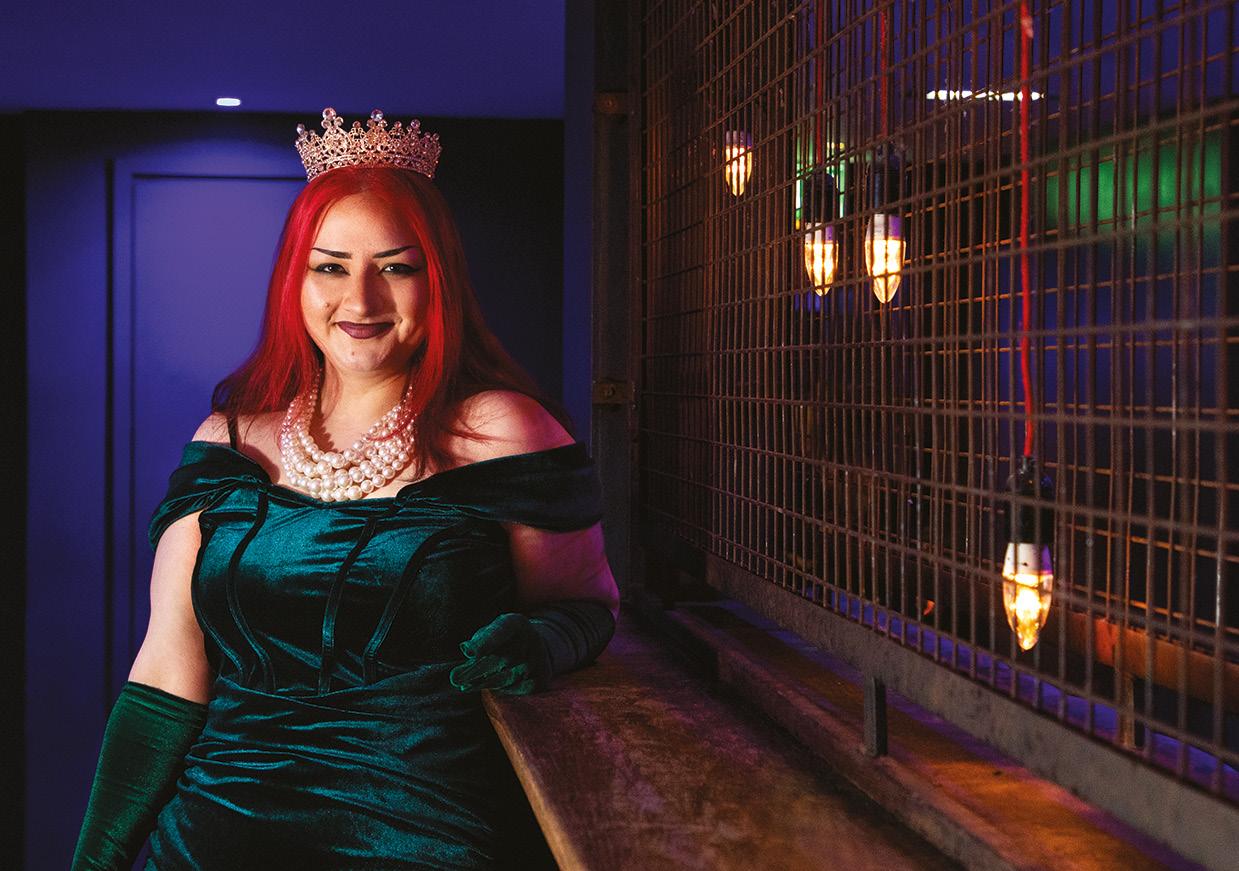
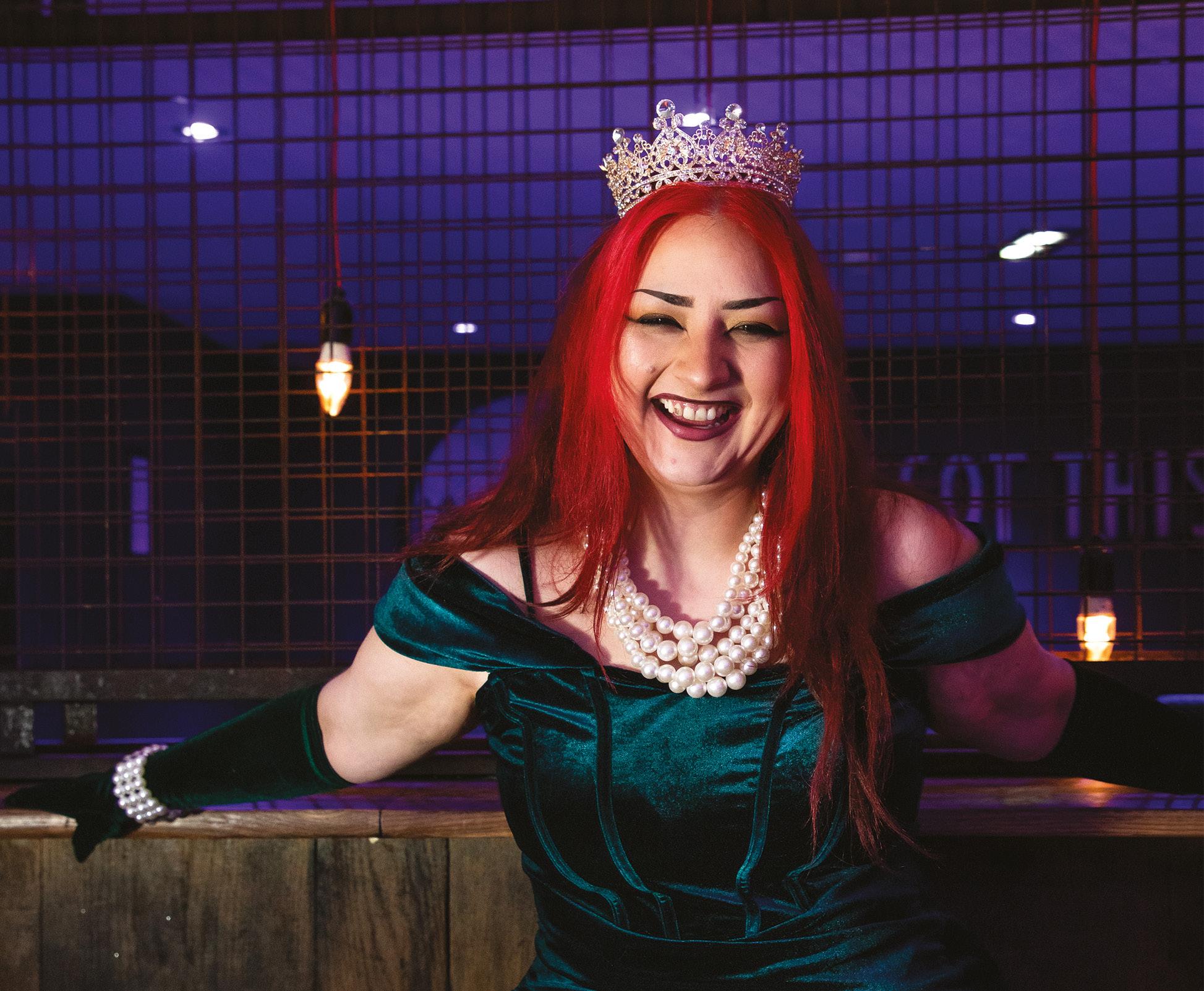

In all my time knowing Lucy it is incredibly clear that she wants to do the best she can to support as many people around her as possible. She wants to uplift the voices that are usually diminished, and she wants the scene to be open and accepting of every queer person. She explains, though, that this isn’t always as easy as it is said, “I think one of the hardest things about being a producer is that I try and create an environment that’s good to be creative in and good to show your art in, and I think feeling safe, comfortable, confident, is really important for that.” In her time as a producer and show runner she has faced some obstacles, “no matter how much I can, you know, wrap the place in cotton wool and make it as safe a place as possible for trans people. The outside world will affect that. No matter how much you can try and create a space for trans joy, trans safety, and trans euphoria, the outside world is always there.”
Despite all of this the Scottish drag scene has still come a long way in the inclusion and acceptance of the trans people and cis-women within it. “I do think things have changed a lot now,” Lucy tells me with an air of relief, “I think people are a lot more willing to have women in the room, when it comes to big chats or conversations about projects, people are a lot more keen to have women in the room.” As the Scottish drag scene continues to move and progress Lucy is glad to see that all women are being taken on that journey, “The fact that there’s now women making their own spaces, predominantly trans women making their own spaces, and those are the spaces that are becoming popular or becoming the mainstream spaces that people want to be in. That’s a good change.”•
